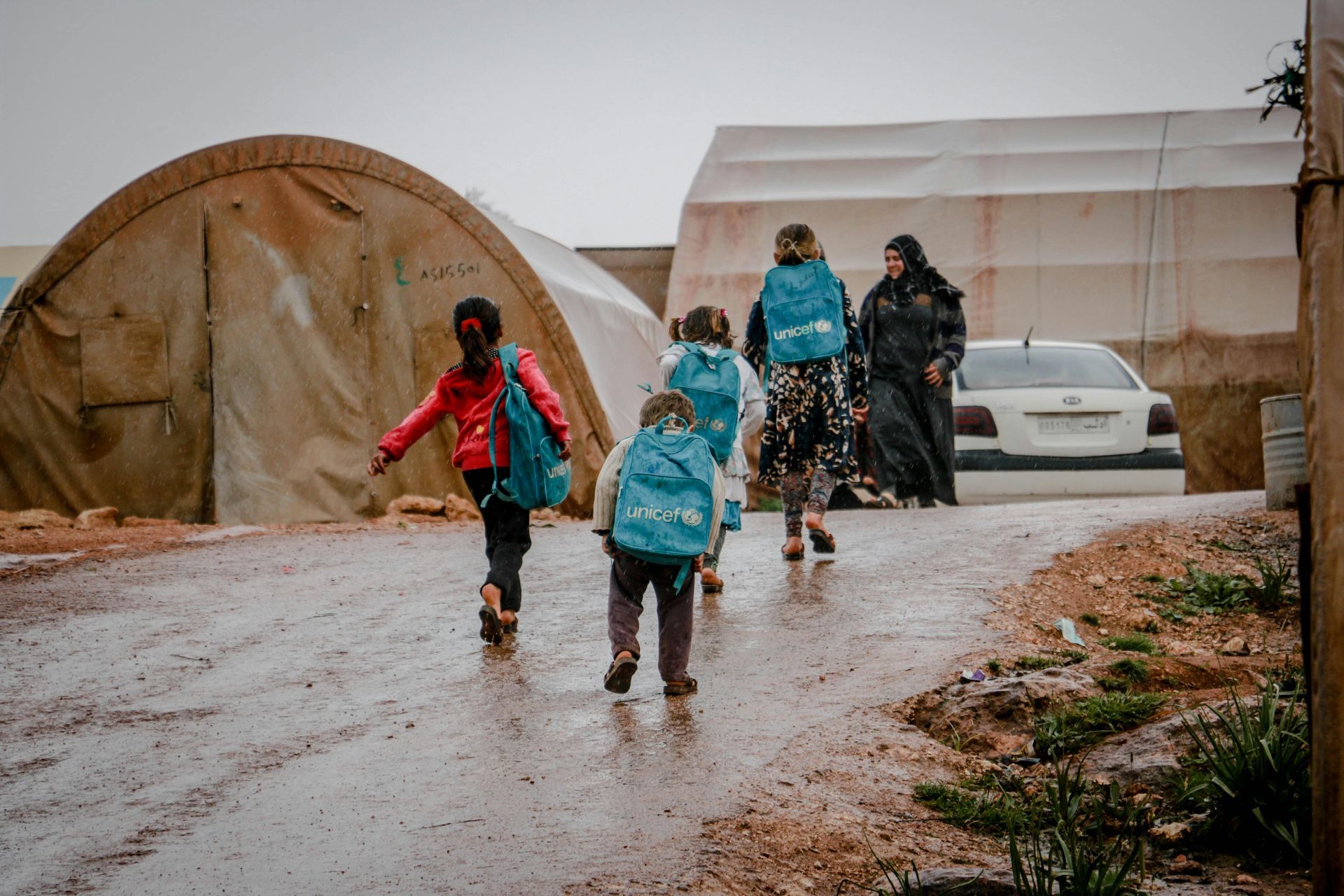The allure of Canada, with its vibrant multiculturalism, robust economy, and high quality of life, continues to draw individuals and families from across the globe. However, the path to immigration is rarely a straight one. Global economic currents, particularly the turbulence of trade wars and the ebb and flow of the Canadian dollar, introduce significant complexities that prospective immigrants must understand. These factors not only influence the cost of living for those already residing in Canada but also shape the financial realities and opportunities for those aspiring to make it their new home. At Benjamin Law Immigration, one of Toronto’s leading immigration consulting law firms, we are dedicated to providing you with the expert guidance and comprehensive support needed to navigate these crosswinds and achieve your Canadian immigration aspirations. We believe that successful Canadian immigration is within your reach, and our experienced team is just a call away to help you chart your course.
The Gathering Storm: Understanding the Impact of Trade Wars on Canada
In an increasingly interconnected world, the ripple effects of trade disputes between major economic powers are felt far beyond their borders. Canada, deeply integrated into the global trade network, is particularly susceptible to the repercussions of trade wars. These conflicts, often characterized by the imposition of tariffs and retaliatory measures, create an environment of economic uncertainty that can significantly impact various facets of the Canadian economy:
- Erosion of Export Competitiveness: When key trading partners impose tariffs on Canadian goods, the price of these exports increases in the destination markets. This can make Canadian products less competitive compared to domestically produced goods or those from countries not subject to the same tariffs. Consequently, Canadian businesses, particularly those heavily reliant on exports, may experience reduced demand, leading to potential production cuts, slower growth, and even job losses in affected sectors.
- Rising Costs of Imports and Domestic Production: Conversely, if Canada retaliates with its own tariffs on imported goods, the cost of these products for Canadian businesses and consumers rises. For businesses that rely on imported raw materials, components, or machinery, this translates to higher production costs, which are often passed on to consumers in the form of increased prices for goods and services. This inflationary pressure can erode the purchasing power of Canadians.
- Disruptions to Global Supply Chains: Modern economies rely on intricate global supply chains, where goods and components cross borders multiple times before reaching their final destination. Trade wars can disrupt these established networks, forcing Canadian businesses to seek alternative suppliers, which may be less efficient or more expensive. These disruptions can lead to delays, increased costs, and overall economic inefficiency.
- Dampened Investment and Economic Uncertainty: The volatile and unpredictable nature of trade wars can create an environment of uncertainty that deters both domestic and foreign investment in Canada. Businesses may postpone expansion plans or new ventures due to concerns about future market access and the potential for further trade barriers. This lack of investment can stifle innovation, slow economic growth, and impact job creation.
The Canadian Dollar as a Thermometer: Gauging Economic Health in a Turbulent World
The value of the Canadian dollar (CAD) on the international currency markets serves as a crucial barometer of Canada’s economic health and its vulnerability to global economic shifts, including the fallout from trade wars. Several key factors influence the fluctuations of the CAD:
- The Weight of Commodity Prices: Canada is a significant exporter of commodities, including oil, natural gas, and various minerals and agricultural products. Consequently, the value of the Canadian dollar often exhibits a strong correlation with global commodity prices. A downturn in commodity prices, which can be triggered by a slowdown in global demand resulting from trade tensions, typically puts downward pressure on the CAD.
- The Pull of Interest Rate Differentials: The relative difference in interest rates between Canada and other major economies, particularly the United States, plays a significant role in influencing capital flows and the value of the Canadian dollar. Higher interest rates in Canada can attract foreign investment, increasing demand for the CAD and strengthening its value. Conversely, lower interest rates can make Canadian assets less attractive, leading to capital outflows and a weaker dollar.
- The Strength of Economic Growth and Stability: A robust and stable Canadian economy generally underpins a stronger Canadian dollar. Strong economic growth signals healthy demand and investment, making the currency more attractive to international investors. Conversely, economic uncertainty, heightened by trade disputes or domestic vulnerabilities, can weaken the CAD as investors seek safer havens for their capital.
- The Flight to Safety: Global Risk Sentiment: During periods of heightened global economic uncertainty, such as those induced by trade wars, investors often exhibit a “flight to safety,” moving their capital into perceived low-risk assets and currencies, such as the US dollar. This increased demand for safe-haven currencies can put downward pressure on currencies like the Canadian dollar.
The Tangible Impact: Trade Wars, the Canadian Dollar, and the Cost of Living
The intricate interplay between trade wars and the fluctuating Canadian dollar has a direct and significant impact on the cost of living for individuals and families residing in Canada, as well as for those contemplating immigration:
- The Rising Price Tag of Imported Goods: A weaker Canadian dollar directly translates to higher prices for imported goods. From everyday consumer goods like groceries and electronics to larger purchases like vehicles, Canadians face increased costs when the dollar’s purchasing power abroad diminishes. The imposition of tariffs on imported goods further compounds this issue, layering additional costs onto the price of these items.
- Increased Operational Costs for Businesses: Canadian businesses that rely on imported machinery, equipment, or raw materials experience higher input costs when the Canadian dollar weakens and tariffs are in place. To maintain profitability, these businesses often pass on these increased costs to consumers in the form of higher prices for their goods and services, contributing to overall inflation.
- The Complex Relationship with Housing Costs: While the relationship is multifaceted, a weaker Canadian dollar can, in certain circumstances, attract foreign investment in the Canadian real estate market, particularly in major urban centers like Toronto and Vancouver. This increased demand, coupled with other factors, can contribute to upward pressure on housing prices and rental costs, making it more expensive for both current residents and newcomers to secure accommodation.
- Volatility in Fuel Prices: As oil is typically priced in US dollars on global markets, a weaker Canadian dollar means that Canadians pay more for gasoline and other petroleum products. The uncertainty and potential disruptions caused by trade wars can also contribute to volatility in global oil prices, further exacerbating fluctuations at the pump and impacting transportation costs.
Navigating the Immigration Landscape: Challenges and Considerations
For individuals considering immigrating to Canada, the economic landscape shaped by trade wars and the fluctuating Canadian dollar presents a complex set of challenges and considerations that must be carefully evaluated:
- Understanding the True Cost of Living: A higher cost of living in Canada, driven by a weaker dollar and trade-related inflation, necessitates a realistic assessment of financial resources. Prospective immigrants must ensure they have sufficient funds to cover initial settlement costs, housing, and daily expenses in their chosen destination.
- Adapting to Job Market Dynamics: Trade wars can lead to shifts and adjustments within the Canadian labour market. While some export-oriented sectors might face headwinds, other industries may experience growth as businesses adapt to changing trade patterns or as domestic production becomes more competitive. Understanding these evolving dynamics is crucial for immigrants seeking employment and aligning their skills with in-demand occupations.
- The Shifting Value of Foreign Credentials and Savings: A weaker Canadian dollar can diminish the purchasing power of foreign savings and remittances when converted into CAD. Prospective immigrants need to factor this into their financial planning. Conversely, for individuals earning in currencies that have strengthened relative to the CAD, the initial costs of immigration and settlement in Canada might appear relatively more affordable.
- Identifying Opportunities for Entrepreneurship and Innovation: Periods of economic change can also create new opportunities for entrepreneurial ventures and innovative solutions. Immigrant entrepreneurs with adaptable business models and unique skills may find niches in the Canadian market. However, they must also be prepared to navigate the uncertainties and potential challenges associated with trade and currency fluctuations.
Your Trusted Partner: Benjamin Law Immigration – Guiding You Through the Crosswinds
At Benjamin Law Immigration, we understand that the decision to immigrate to Canada is a life-changing one, and navigating the complexities of the economic climate is an integral part of a successful transition. Our dedicated team of experienced immigration consultants provides personalized guidance that takes into account the prevailing economic conditions and their potential impact on your individual immigration journey.
We offer a comprehensive suite of services designed to support you at every stage:
- Thorough Financial Assessment and Planning: We provide expert advice on understanding the cost of living in your intended destination in Canada and guide you in demonstrating sufficient funds to meet immigration requirements and ensure a comfortable settlement.
- Up-to-Date Labour Market Insights and Analysis: We offer current information and analysis of the Canadian job market, including identifying sectors with strong growth potential and high demand for skilled workers, helping you align your qualifications with available opportunities.
- Strategic Guidance for Business Immigration: For entrepreneurs and investors seeking to establish or invest in Canadian businesses, we provide tailored advice on navigating the economic landscape and developing resilient strategies in the face of global uncertainties.
- Comprehensive Settlement Support Services: Beyond the immigration application process, we offer valuable resources and support to facilitate your successful integration into Canadian society, including information on housing, financial services, community resources, and cultural adaptation.
Embark on Your Canadian Dream with Confidence
While global economic uncertainties like trade wars and fluctuations in the Canadian dollar may seem daunting, they do not have to derail your dream of immigrating to Canada. With the expert guidance and personalized support of Benjamin Law Immigration, you can navigate these challenges with confidence and clarity. Our commitment is to provide you with the comprehensive solutions and unwavering support you need to achieve your Canadian immigration goals and build a prosperous future.
Successful Canadian immigration is not just about completing paperwork; it’s about embarking on a new chapter filled with opportunity and security. Let Benjamin Law Immigration be your trusted partner in navigating the crosswinds and realizing your Canadian dream.
Contact us today for a personalized consultation, and let our experienced team guide you every step of the way. Your successful Canadian immigration journey is just a call away.
Disclaimer: This blog post is intended for informational purposes only and does not constitute legal advice or create a lawyer-client relationship. Immigration laws, policies, and economic conditions are complex and subject to change. You should consult with a qualified Canadian immigration lawyer regarding your specific situation. Contact Benjamin Law Immigration for personalized legal counsel licensed to practice immigration law in Canada.



BOOK YOUR FREE CONSULTATION
Fill out the Case Evaluator form below to discuss your case or claim with one of our experienced Family-First legal professionals. At Benjamin Law, we work hard, and fast to get you justice, to solve your problems, and get you the compensation that you deserve.


